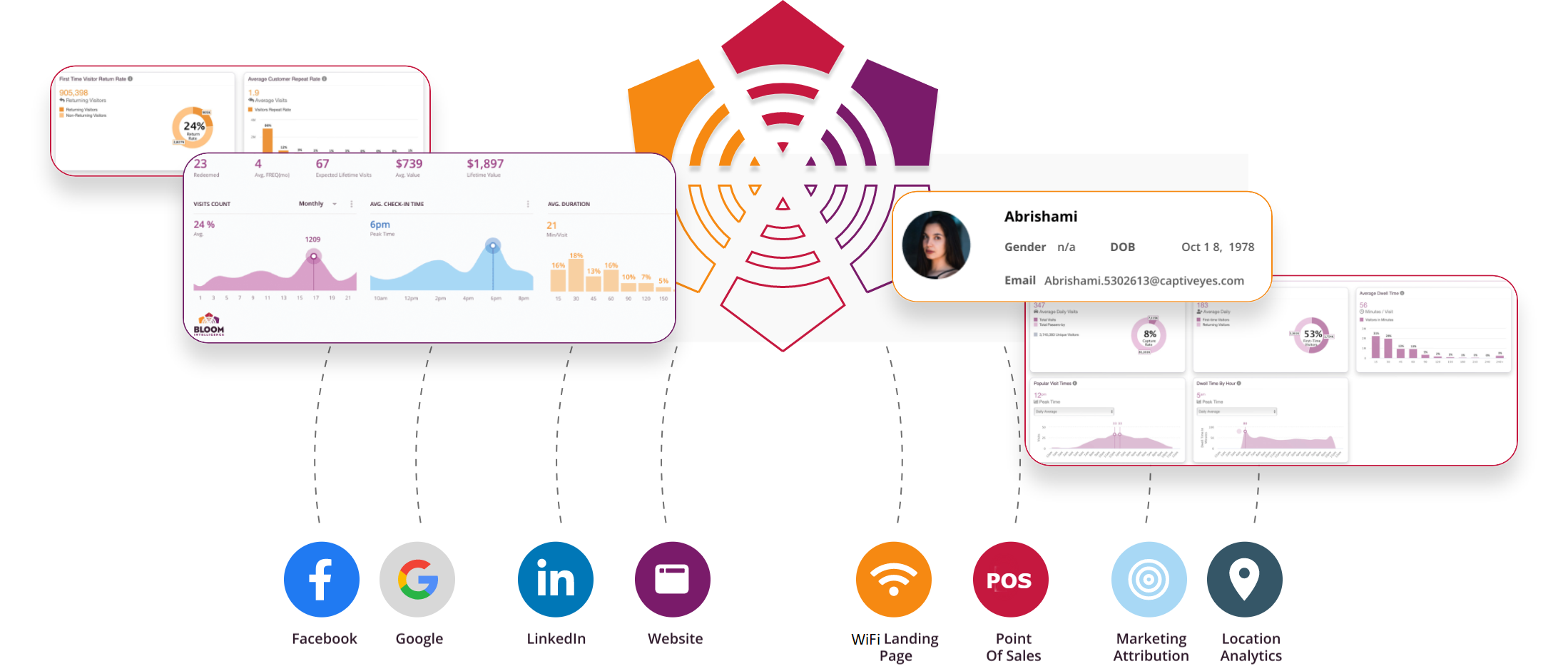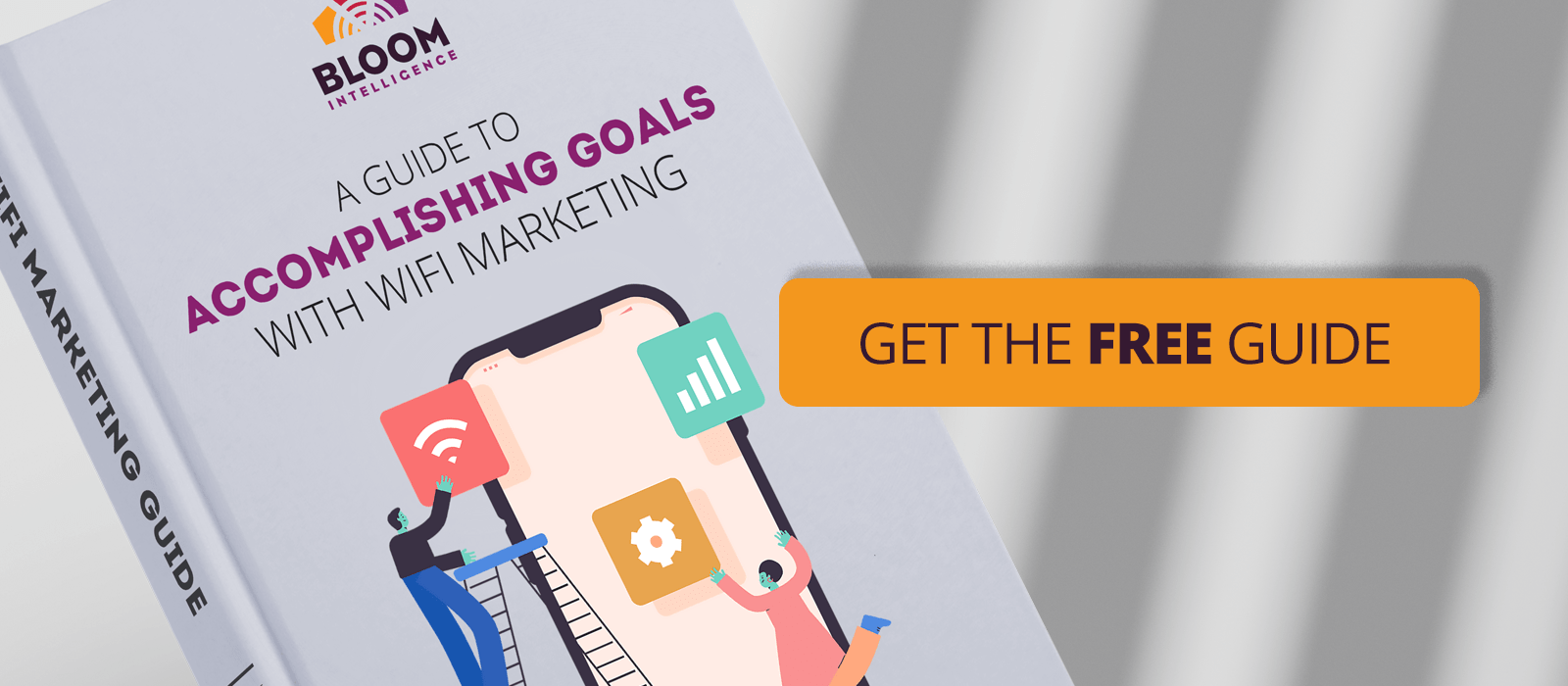If you are like many of today’s small business owners, it has been a constant struggle to keep up with rising costs, a poor labor market, and dwindling customer spending. Are you tired of worrying about your restaurant surviving in today’s unstable economy? Are you concerned that increased pricing might be scaring away your restaurant guests?
Fortunately, there is a simple way to find new guests, keep them coming back, and get them to spend more. And you can do it all while saving time to concentrate on creating the best experience for your guests.
The secret lies in being proactive in using the power of a restaurant customer data platform (CDP). A CDP will gather data about your guests from multiple sources to passively create a guest database of individual and overall guest data.
Then, you can use the data to make more efficient marketing and operations decisions, you can automate marketing tasks, lower purchasing and labor costs, and save a great deal of time.
How to Identify and Bring Back Your Lost Guests
Even better, a CDP can identify guests who have stopped visiting your locations or ordering online.
Keeping your loyal customers coming through your doors is the lifeblood of your business. However, no matter what kind of business you manage or own, some of those loyal customers will choose not to return.
This is known as restaurant customer attrition, or customer churn, and it should be kept under close watch. When a guest changes their habit and stops visiting your place of business, will you know? And if so, do you have the means to entice them to come back?
If you were able to identify a guest who is at risk of not returning, wouldn’t it be great to reach out, engage them, and invite them back? Today’s competition is fierce, especially in the restaurant industry, and it doesn’t take much to shift a loyal guest’s routine.
Restaurants are in the business of becoming part of each guest’s routine. Any change in that can quickly result in an at-risk guest becoming a “once-was” guest.
The simple truth is that if your guest isn’t dining at your establishment, chances are they are dining somewhere else. But it doesn’t have to end up with you losing that guest.
A CDP like Bloom Intelligence can let you know when this happens, allowing you to reconnect with the guest. A powerful, yet easy way to understand and shape guest behavior is by utilizing a CDP unified with marketing automation.
CDP and Marketing Automation to the Rescue
Marketing automation is a tool that can make your marketing efforts much more efficient and productive while saving you precious time.
Using behavior triggers to send marketing messages, you can make strategies and tasks much easier. Automation is helpful when it’s set up correctly, especially with tasks that may slip through the cracks if you had to rely on memory alone.
When it comes to using automated marketing to engage at-risk guests, your CDP can provide powerful insight. Imagine having the ability to automatically send a quick note to your at-risk guests:
“We haven’t seen you in a while and we miss you. We hope everything is well with you and look forward to seeing you soon! We’d like to offer you a free appetizer with your next meal. Hope to see you soon! Your friends at….”
The ability to identify at-risk guests and automatically send them a quick message or email inviting them back is now completely possible. More important than what the message says (and content does matter), is letting your guests know that you value them.
It is also a great way to stay top-of-mind so your guests will think of you when making a dining decision.
So that means you have to keep tabs on all of our guests and have a way to contact them? Yes, to the best of your ability. Now the need for automation begins to take on more clarity.
A CDP Helps Improve Customer Retention
When it comes to retaining your guests, automation can help with doing things better and faster than without automation – at least realistically speaking.
With a CDP, you have the ability to see whether a guest has been to your location or ordered online recently. So, when it comes to recognizing and retaining at-risk guests, you immediately have a distinct advantage.

Recognizing the At-Risk Customer
Even if you manage a single-location family-owned diner, you may believe you are “small enough” and have a volume manageable enough to recognize those at-risk patrons. But that may not truly be the case.
First, consider the lost revenue from one loyal customer, it can be significant. What is the lifetime value of a guest? How many meals will they purchase over the course of time and what does that mean to your establishment?
Further, if you are the owner or operator of a franchise restaurant chain, you have multiple locations, and losing guests can result in substantial revenue loss. In today’s unstable economy, you don’t have the luxury of being unaware of guest behavior while your competition is becoming more aware and proactive at enticing your loyal guests to them.
The Marketing Automation At-Risk Trigger
Bloom Intelligence allows you to quickly create a beautiful message that you can send to your at-risk guests.
Then, a marketing campaign can be easily configured to send that message to any guest the platform deems as being at risk of churning.
Bloom uses advanced algorithm sets to identify guests who are at risk of churning or are not coming back to your restaurant or ordering online. Users are seeing as much as 38% of their at-risk guests returning – many of whom they would have never realized were churning at all.
For a real-life case study, and more details about how to save your at-risk guests, download our free customer success story by clicking on the banner below.
Every business owner wants loyal customers who frequently return. However, not everyone fully appreciates just how valuable such customers are. Research indicates that repeat customers typically account for most of a business’s total revenue.
 Once someone is in the habit of returning to your place of business, you no longer have to spend as much money convincing them to come back.
Once someone is in the habit of returning to your place of business, you no longer have to spend as much money convincing them to come back.
Such customers are also more likely to refer their friends and family to your business. These are just some of the reasons that it makes sense to prioritize your returning customers.
How to Apply Triggered Marketing
Online marketers who send out emails and social media messages know the value of timing their communications. They study analytics about when people are most likely to read emails, Facebook posts, and other content.
Most marketing by brick-and-mortar businesses, on the other hand, doesn’t account for customers’ current locations or daily habits.
A newspaper ad, for example, is read whenever the reader happens to see it. Triggered marketing helps you increase engagement by connecting with guests at strategic moments and places.
With the help of a CDP, you can encourage your guests to return by sending them timely offers.
For example, if someone eats dinner at your restaurant every Friday night and logs into your WiFi, you can send them an offer that may entice them to try new dishes and return more often.
Observe, Measure, and Improve
If you want your guests to return to your business, make sure you’re constantly looking for ways to improve.
- Analyze your data. Track all of your data, whether from your website, social media campaigns, emails, online ordering system, or anywhere guests engage with your brand. Always look for ways to improve your results.
- Ask their opinion. Guests love to tell you what they think. So ask them, whether it’s online or at your place of business.
- Reward and loyalty programs. These are familiar techniques but still effective, especially if you offer people discounts on products they highly value.
- Practice empathic design. While traditional analytics focus on the internet, empathic design is about observing customers in the real world and looking for ways to enhance their experience. Could you make the layout of your cafe or restaurant more comfortable? If you have several types of chairs, which do people prefer? Could you improve the atmosphere with a different type of lighting? These and other design elements can affect guest behavior – and whether or not they return.
Don’t underestimate the value of repeat customers. They are the bedrock of your business. If you want to attract repeat business, you have to be ready to constantly up your game.
Gaining Insights from CDP Analytics
Using a restaurant customer data platform like Bloom Intelligence, you can determine who makes up your audience of loyal visitors. You can also account for the length of time users visit and how their behavior at your location changes over time.
With this data, you’re able to get a much deeper understanding of your guests and create targeted campaigns to ensure they remain loyal to your business.
Bloom monitors each customer’s frequency distribution to understand and accurately define your customer churn rate in real-time.
By analyzing individual customer frequency, Bloom can determine when a guest is at risk of churning or has churned. Then you can use the unified automated marketing tools to send triggered messages to your at-risk and churned guests persuading them to come back.
In most cases, a high customer churn rate comes down to neutral or poor customer experiences. While you can persuade guests to give you another chance, you will still need to keep them from churning in the first place and to cement their loyalty when they give your restaurant another chance.
For info on how to reduce your restaurant customer attrition using Bloom, click on the banner below!







.svg)